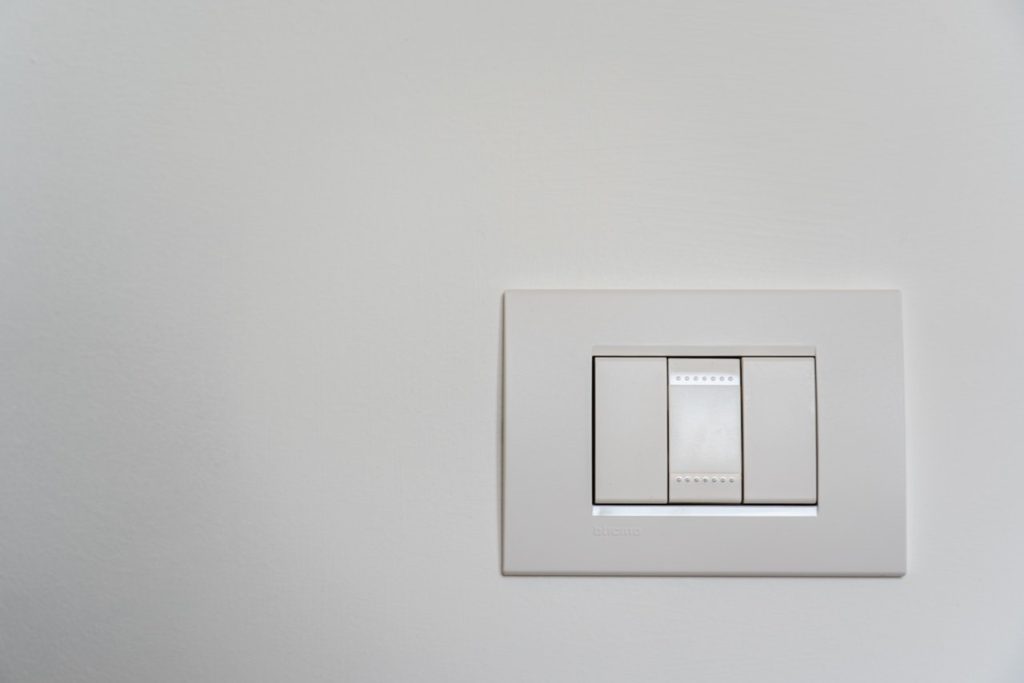Light switches are an essential part of our daily lives. We use them countless times to control the lighting in our homes, offices, and other spaces. While they may seem like simple devices, there’s more to a light switch than meets the eye. Choosing the right light switches can significantly impact your convenience, energy efficiency, and overall satisfaction with your lighting setup. In this blog post, we’ll explore what to look for in good light switches.
1. Reliability and Durability
First and foremost, a good light switch should be reliable and durable. It should consistently function as intended, turning your lights on and off without any hiccups. Look for switches from reputable manufacturers known for their quality and longevity. Good switches are built to withstand years of use without wearing out or developing issues.
2. Compatibility with Bulb Types
The type of bulbs you use in your fixtures can vary widely. Some light switches are specifically designed to work with certain bulb types, such as incandescent, CFL (compact fluorescent lamp), LED (light-emitting diode), or dimmable bulbs. Your 2 gang light switches will need to be compatible with the bulbs you have or plan to install. Dimmer switches, for instance, should be compatible with the dimmable LED or CFL bulbs you intend to use.
3. Dimming Capability
Dimmer switches provide the flexibility to adjust the brightness of your lighting to suit different occasions and moods. Look for dimmer switches with smooth and flicker-free dimming capabilities. Some modern dimmer switches are compatible with a wide range of bulb types and have advanced features like preset brightness levels and fade-in/fade-out effects.
4. Style and Aesthetics
Light switches come in various styles and finishes to match your interior design and personal preferences. Whether you prefer the classic look of toggle switches, the sleek appearance of rocker switches, or the modern design of touch or smart switches, choose a style that complements your decor. Consider the color and finish as well, as light switches are available in a range of options to suit your taste.
5. Ease of Use
A good light switch should be easy to use and intuitive for everyone in your household or workplace. Switches should have clear and responsive action, making it effortless to turn lights on and off. Pay attention to the size and layout of the switch, as some people may find larger or paddle-style switches easier to use, especially those with mobility issues.
6. Smart and Connectivity Features
Smart light switches are becoming increasingly popular due to their convenience and energy-saving capabilities. They allow you to control your lighting remotely through smartphone apps or voice commands via virtual assistants like Amazon Alexa or Google Assistant. If you’re interested in home automation, look for switches that offer smart features and compatibility with your preferred ecosystem.
7. Energy Efficiency
Energy-efficient switches can contribute to lower utility bills and reduce your environmental footprint. Some switches are designed to work with occupancy or motion sensors, automatically turning lights off when a room is unoccupied. This feature is particularly useful in areas like hallways, bathrooms, and closets.
8. Safety Features
Safety should always be a top priority when choosing light switches. Look for switches with features like tamper-resistant outlets, which prevent foreign objects from being inserted into the switch slots. Additionally, consider switches with overload protection to prevent overheating and electrical hazards.
Conclusion
Selecting the right light switches for your space is more than a matter of functionality; it’s about enhancing your quality of life. Good light switches offer reliability, compatibility, style, and convenience while contributing to energy efficiency and safety. By considering these factors and choosing switches that align with your needs and preferences, you can illuminate your home or workplace effectively and efficiently.

